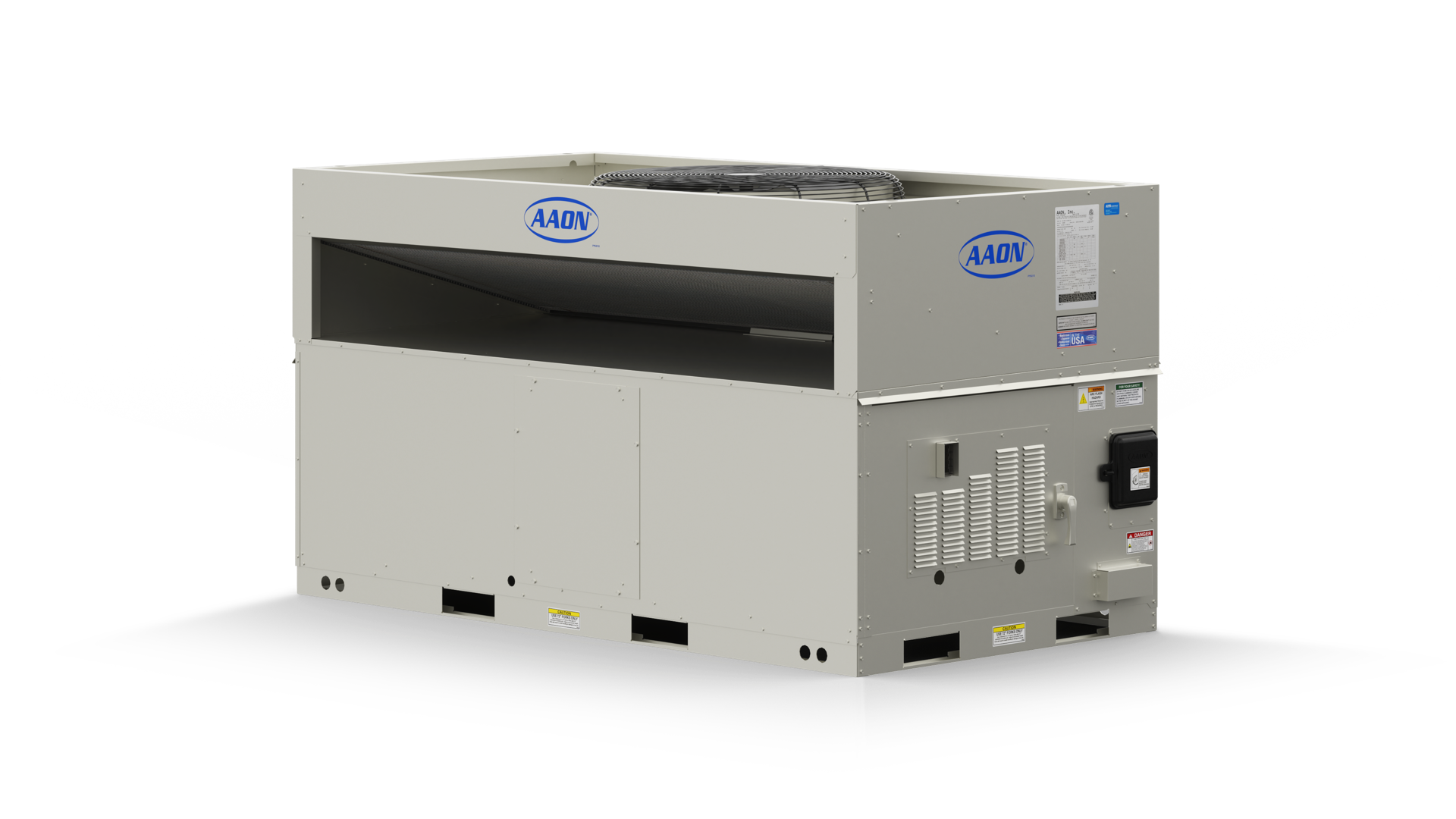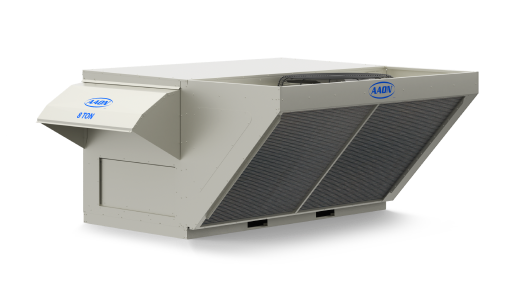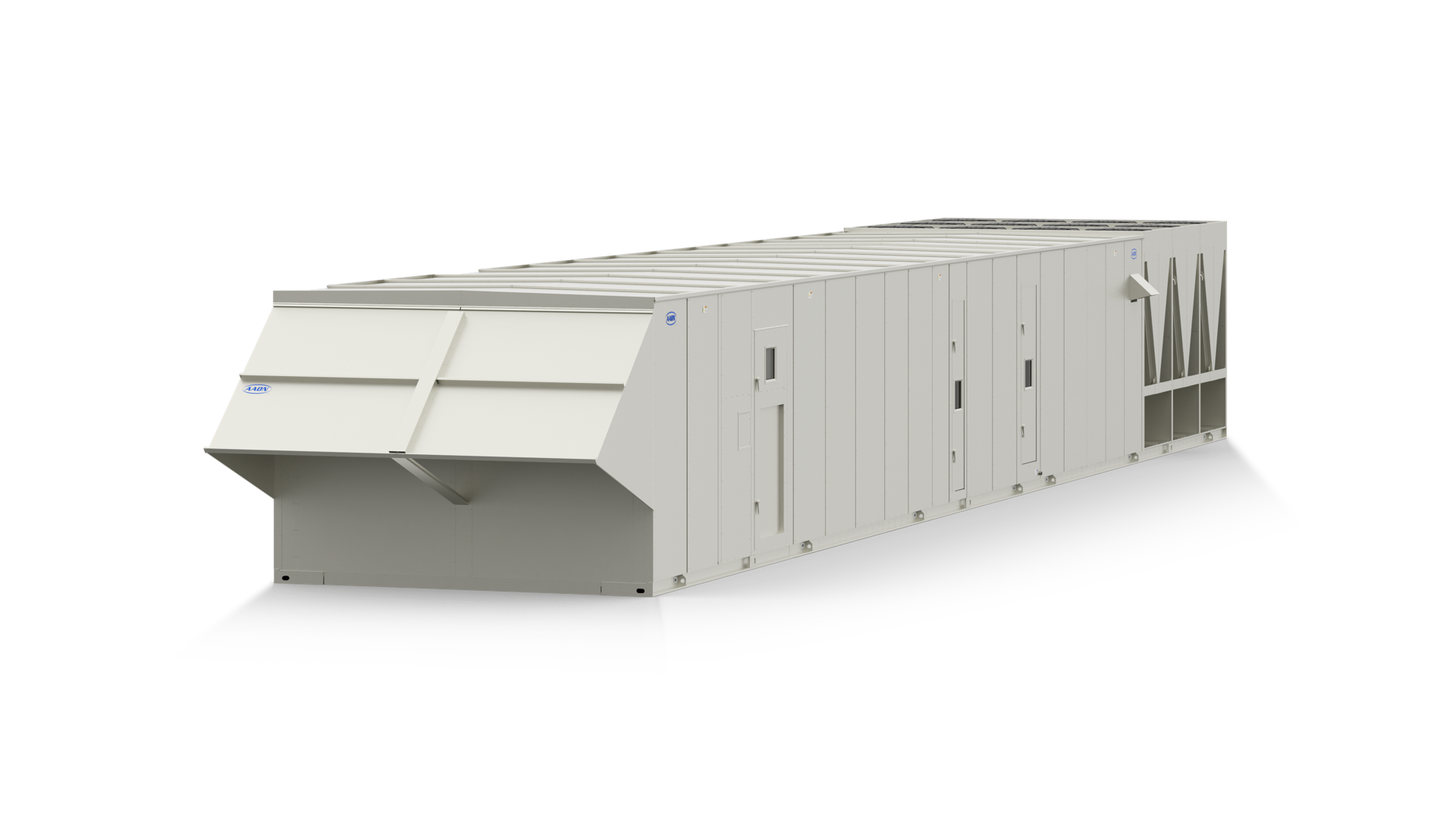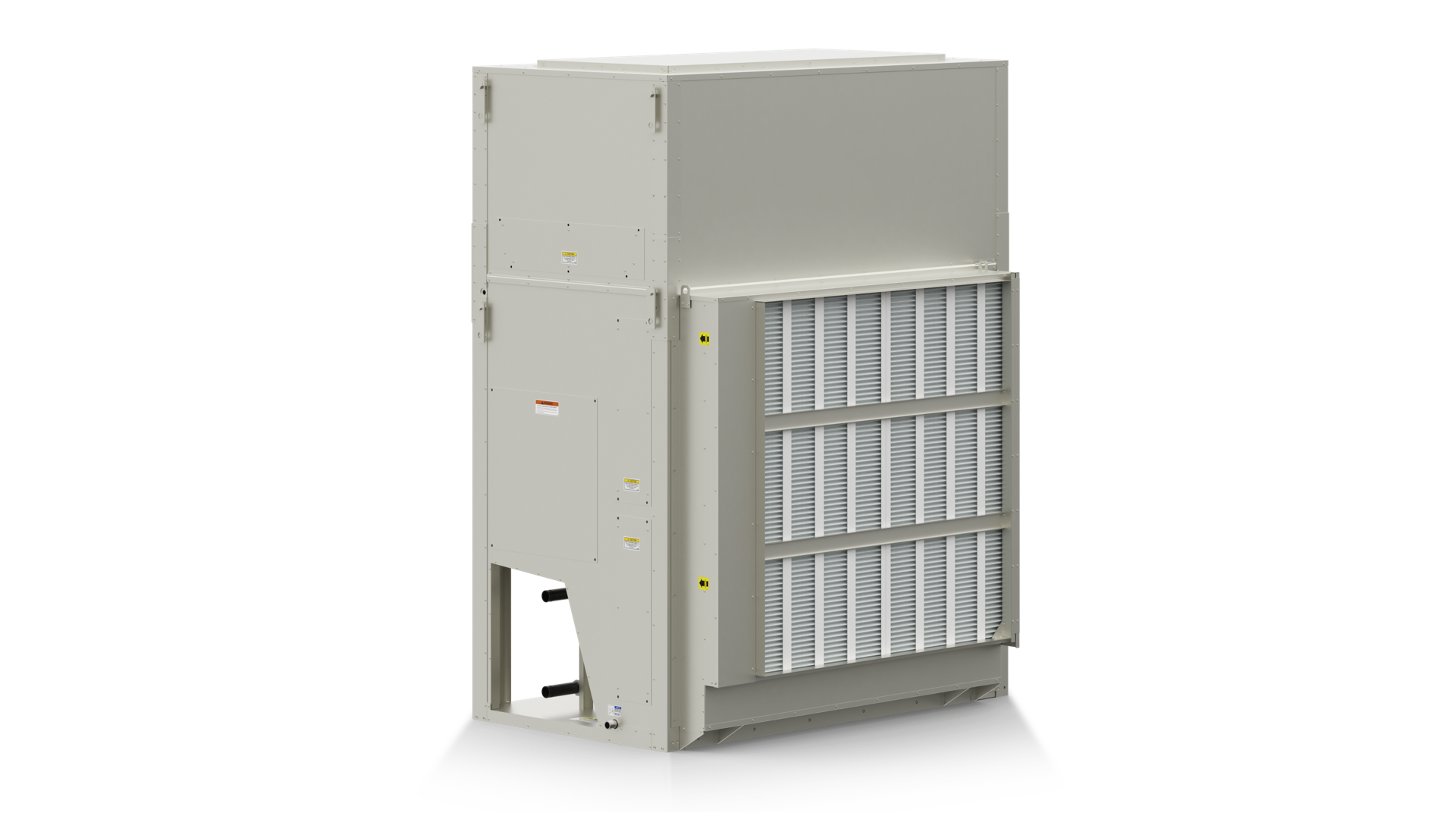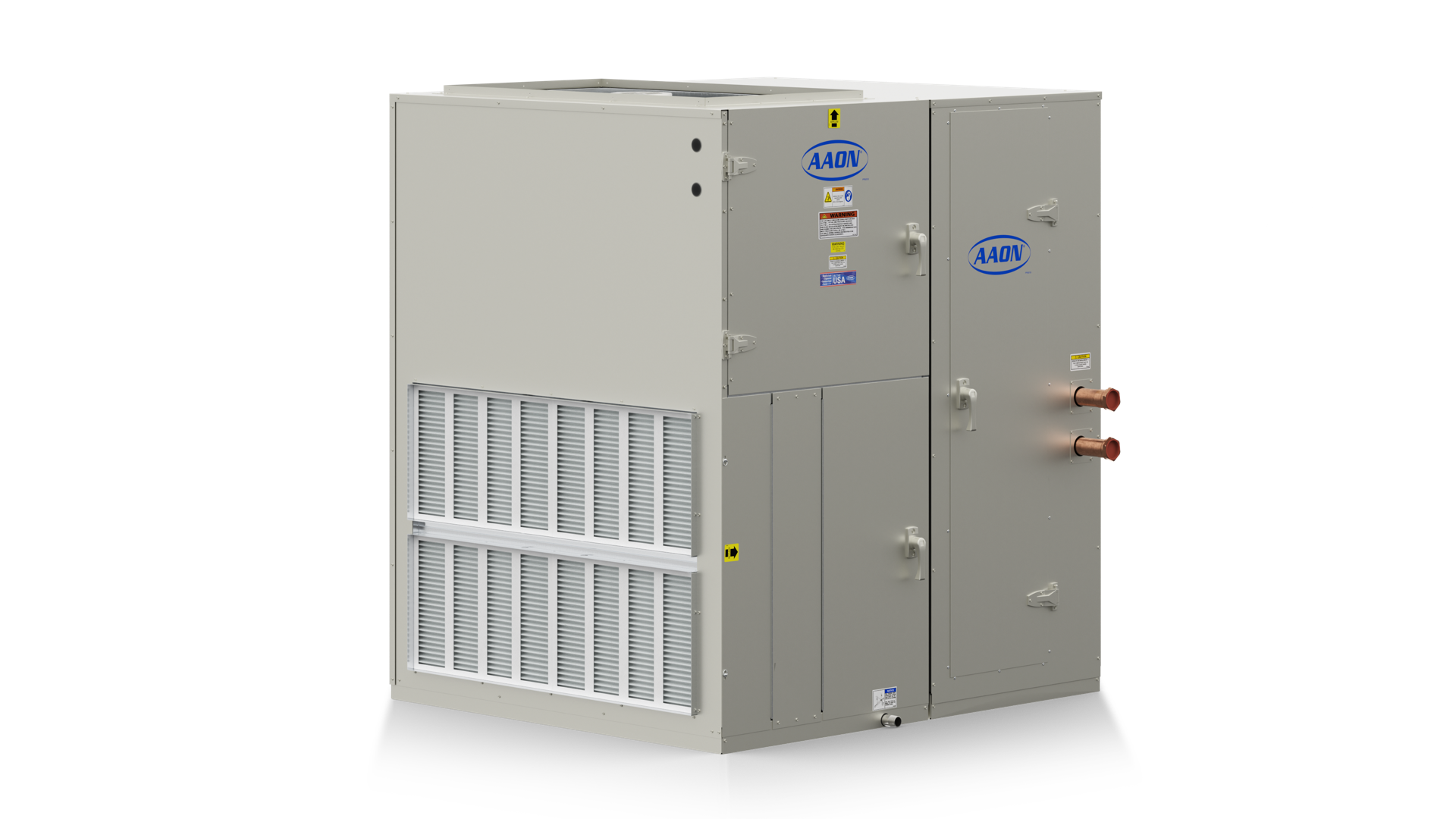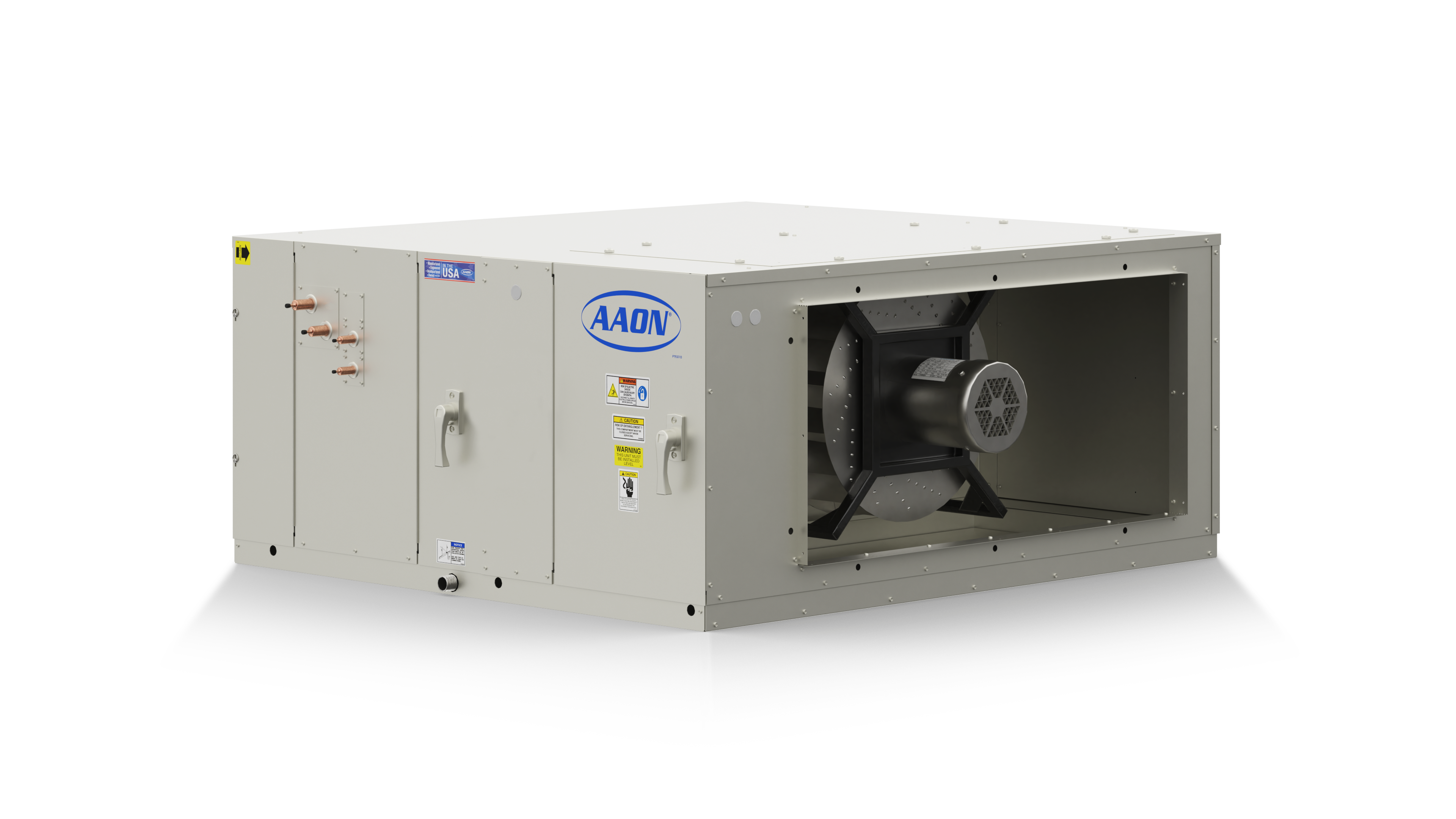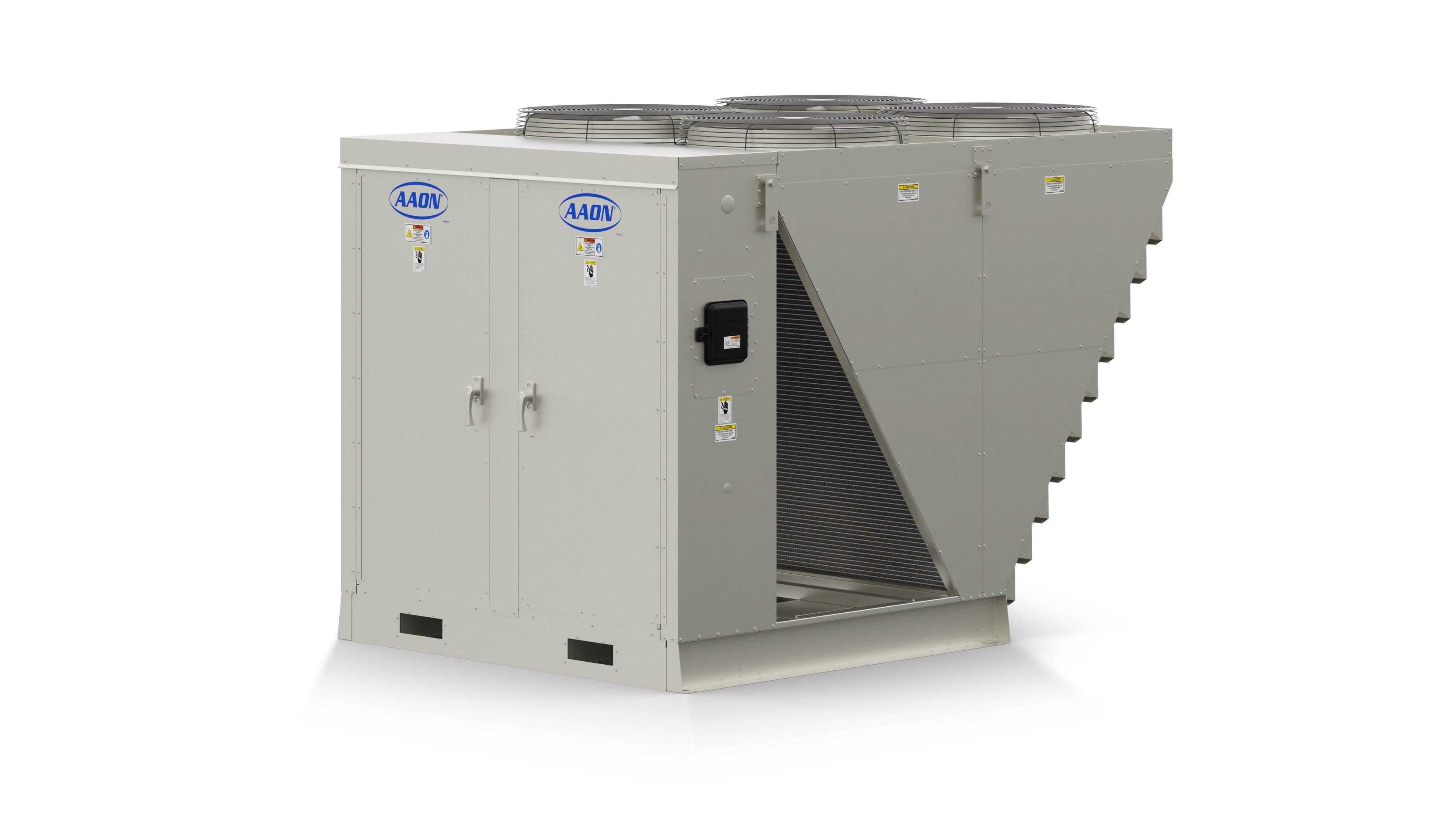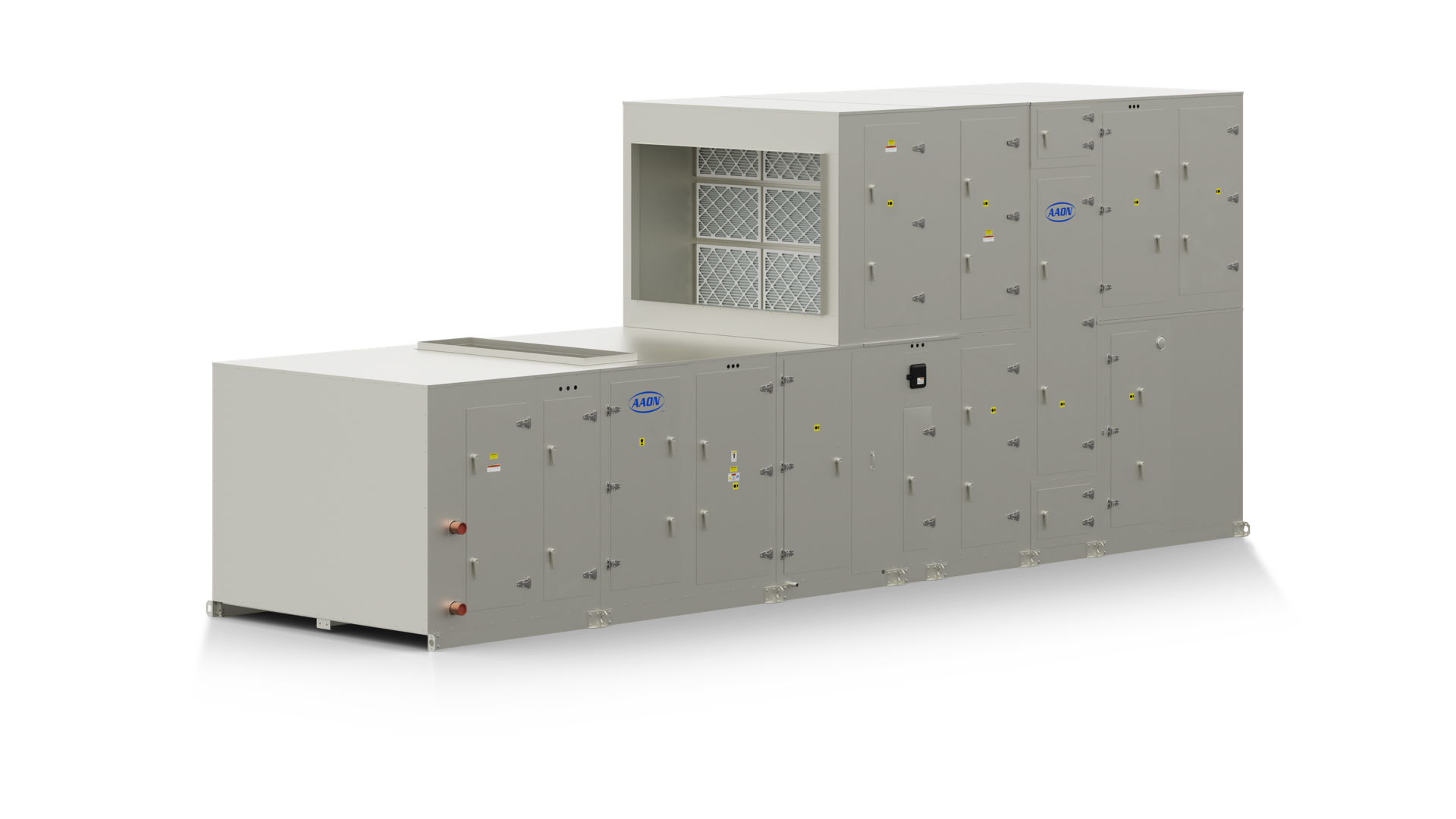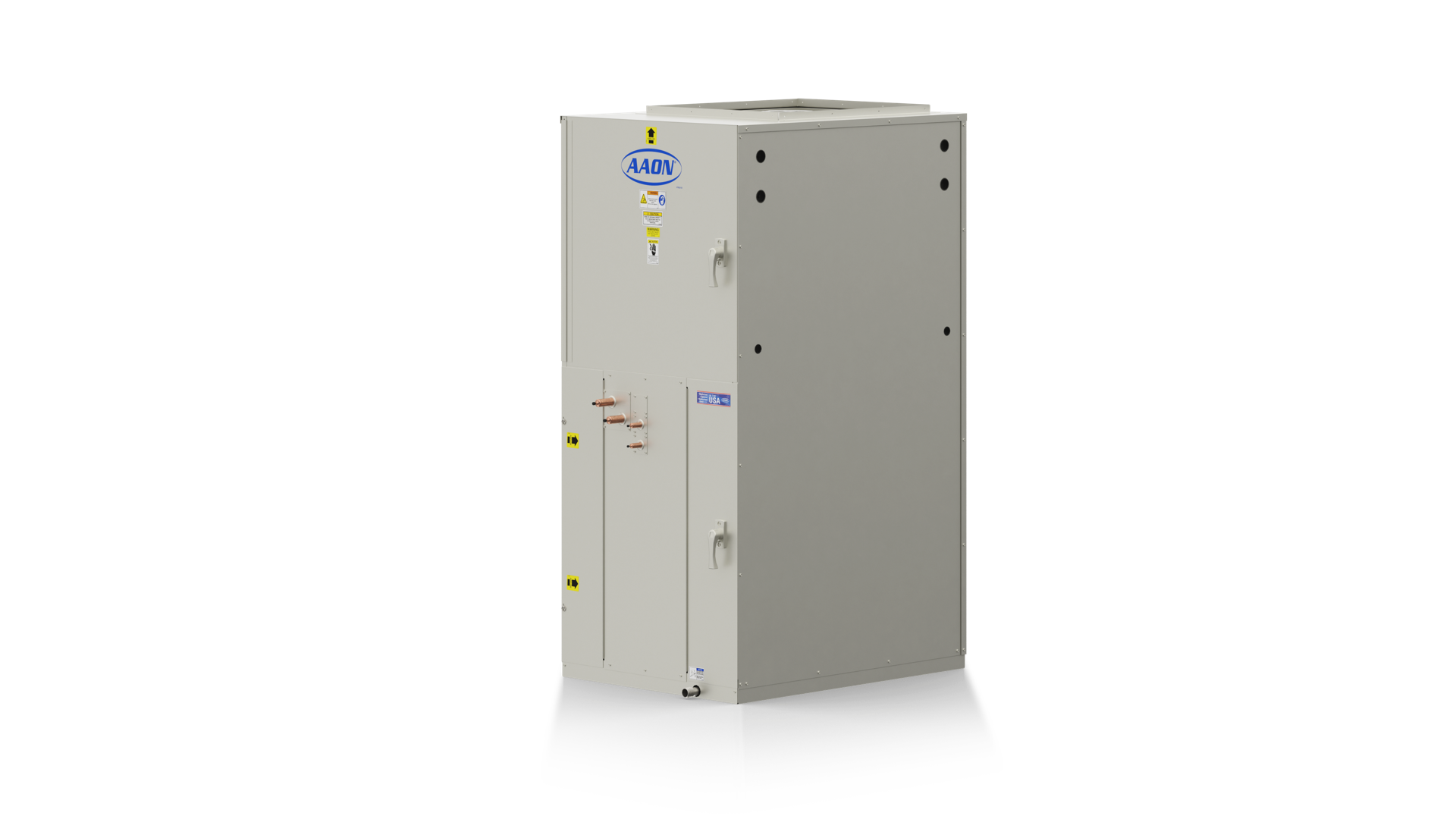Retail
Increase sales. Reduce energy costs. A better shopping experience and bottom-line starts with reliable HVAC solutions.
The HVAC system in a retail building must be designed to provide a comfortable environment for shoppers and employees while also being energy-efficient, cost-effective, and easy to maintain. With AAON, retailers can expect all of these features and much more.
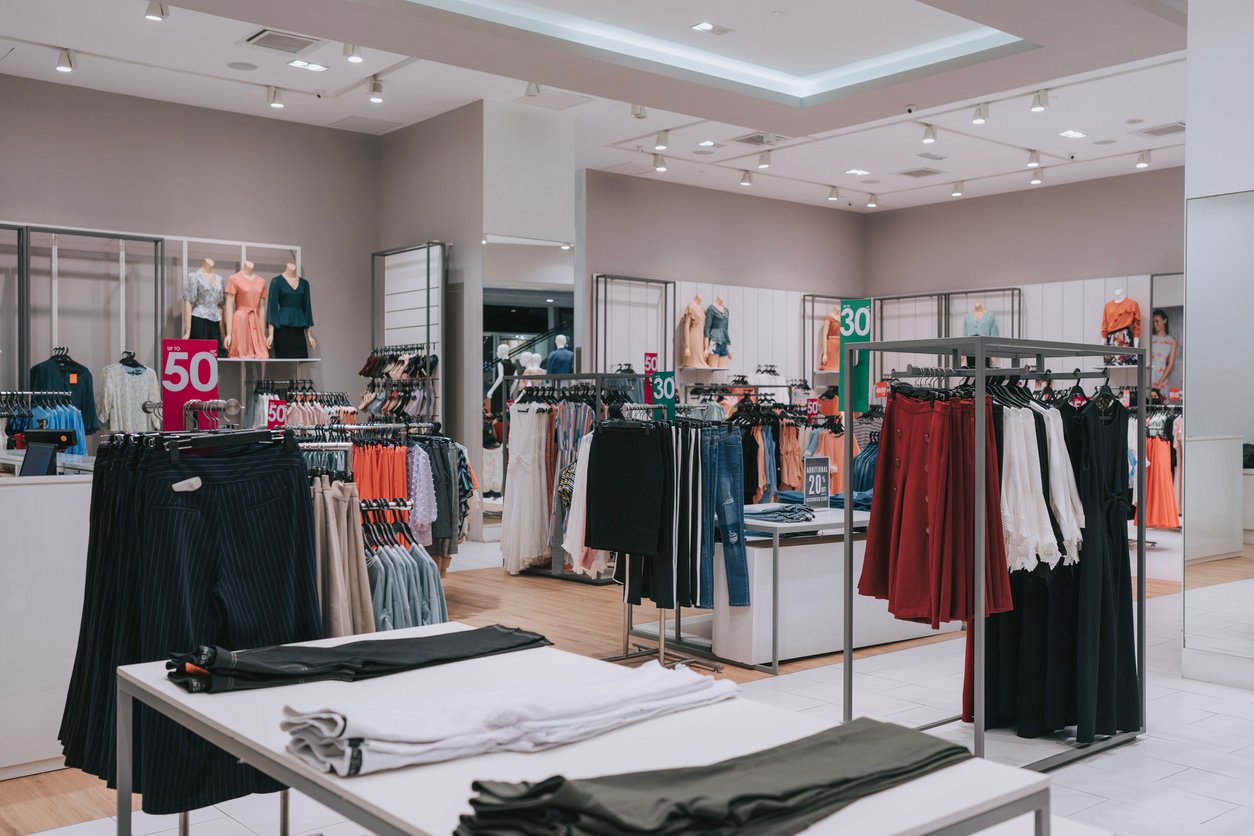
RETAIL SOLUTIONS
-
About Retail
Retail buildings face unique HVAC challenges and require reliable HVAC systems to meet their heating, ventilation, and air conditioning needs. Retail buildings include shopping centers, malls, department stores, and other retail outlets. Retail buildings can be standalone structures or part of larger developments and are typically designed to attract customers and facilitate sales through their layout, design, and amenities.
One of the key HVAC challenges for retail stores is maintenance. Retail stores often have wide range operating hours, which can make it difficult to perform HVAC maintenance and repairs without disrupting business operations. HVAC systems that are easy to maintain and require minimal downtime - such as those provided by AAON - are ideal for retail buildings. -
Retail Considerations
When implementing HVAC solutions in retail, here are some key considerations to keep in mind:
Zoning
Retail spaces often have different areas with varying cooling and heating needs. Implementing zoning with separate space temperature controls can help maintain comfortable conditions and reduce energy consumption.
Air filtration
Indoor air quality can be a concern for customers and employees. Utilizing high-quality air filters can help remove pollutants and allergens from the air.
Temperature control
Maintaining a comfortable temperature in retail spaces is important for customer comfort and employee productivity. HVAC systems with programmable controls help ensure consistent temperatures while allowing for adjustments based on occupancy levels and weather conditions.
Energy efficiency
Retail buildings often have high energy consumption due to extended hours of operation and large open spaces. Implementing energy-efficient HVAC systems can help reduce energy costs and improve sustainability. VAV Systems also work well for retail spaces by optimizing the usage of variable speed compressors and modulating supply fans to minimize energy consumption.
Maintenance and monitoring
Regular maintenance and monitoring of HVAC systems can help ensure they are functioning at peak efficiency and identify potential issues before they become major problems. -
Retail Solutions
The HVAC products recommended for retail may vary based on the type of the size and type facility, but here are a some common ones:
Rooftop Units (RTUs)
RTUs are popular in retail buildings because they can be installed on the roof, saving space on the ground. They are typically used to provide both heating and cooling to the building.
Energy Recovery
Designed to recover the energy from the air being exhausted from a building and transfer it to the incoming outdoor air. This helps to maintain comfortable indoor temperatures while reducing energy costs.
Split Systems
Split systems consist of an indoor unit and an outdoor unit connected by refrigerant lines. They offer flexibility in terms of installation location and can be more energy-efficient than other systems.
Demand-Controlled Ventilation (DCV) Systems
DCV systems use CO2 sensors to monitor the number of people in a building and adjust the amount of ventilation accordingly. This helps to reduce energy consumption by providing only the necessary amount of conditioned ventilation air.
Retail buildings face unique HVAC challenges and require reliable HVAC systems to meet their heating, ventilation, and air conditioning needs. Retail buildings include shopping centers, malls, department stores, and other retail outlets. Retail buildings can be standalone structures or part of larger developments and are typically designed to attract customers and facilitate sales through their layout, design, and amenities.
One of the key HVAC challenges for retail stores is maintenance. Retail stores often have wide range operating hours, which can make it difficult to perform HVAC maintenance and repairs without disrupting business operations. HVAC systems that are easy to maintain and require minimal downtime - such as those provided by AAON - are ideal for retail buildings.
When implementing HVAC solutions in retail, here are some key considerations to keep in mind:
Zoning
Retail spaces often have different areas with varying cooling and heating needs. Implementing zoning with separate space temperature controls can help maintain comfortable conditions and reduce energy consumption.
Air filtration
Indoor air quality can be a concern for customers and employees. Utilizing high-quality air filters can help remove pollutants and allergens from the air.
Temperature control
Maintaining a comfortable temperature in retail spaces is important for customer comfort and employee productivity. HVAC systems with programmable controls help ensure consistent temperatures while allowing for adjustments based on occupancy levels and weather conditions.
Energy efficiency
Retail buildings often have high energy consumption due to extended hours of operation and large open spaces. Implementing energy-efficient HVAC systems can help reduce energy costs and improve sustainability. VAV Systems also work well for retail spaces by optimizing the usage of variable speed compressors and modulating supply fans to minimize energy consumption.
Maintenance and monitoring
Regular maintenance and monitoring of HVAC systems can help ensure they are functioning at peak efficiency and identify potential issues before they become major problems.
The HVAC products recommended for retail may vary based on the type of the size and type facility, but here are a some common ones:
Rooftop Units (RTUs)
RTUs are popular in retail buildings because they can be installed on the roof, saving space on the ground. They are typically used to provide both heating and cooling to the building.
Energy Recovery
Designed to recover the energy from the air being exhausted from a building and transfer it to the incoming outdoor air. This helps to maintain comfortable indoor temperatures while reducing energy costs.
Split Systems
Split systems consist of an indoor unit and an outdoor unit connected by refrigerant lines. They offer flexibility in terms of installation location and can be more energy-efficient than other systems.
Demand-Controlled Ventilation (DCV) Systems
DCV systems use CO2 sensors to monitor the number of people in a building and adjust the amount of ventilation accordingly. This helps to reduce energy consumption by providing only the necessary amount of conditioned ventilation air.
Why AAON for Retail?
AAON stops at nothing to design the very best.
All AAON products are highly configurable and designed to optimize your exact environment. With high quality features, our systems set the industry standard for long-lasting quality.
AAON equipment is easy to access and convenient to work on.
Our products make it simple for technicians to service our units efficiently and affordably. Unique features like color-coded wiring and full height stainless steel door hinges are designed with serviceability in mind.
AAON equipment is renowned for reliability.
Our products are tested for all functions and receive a unit-specific report before they leave the factory. Choose cutting-edge engineering that pushes the boundaries of what's possible in virtually any climate and application.
Dare us to exceed expectations.
Regardless of the challenge, AAON has the capabilities to fulfill project requirements and deliver long-term value to customers. Contact an AAON Representative to learn how our products serve as your solutions.


